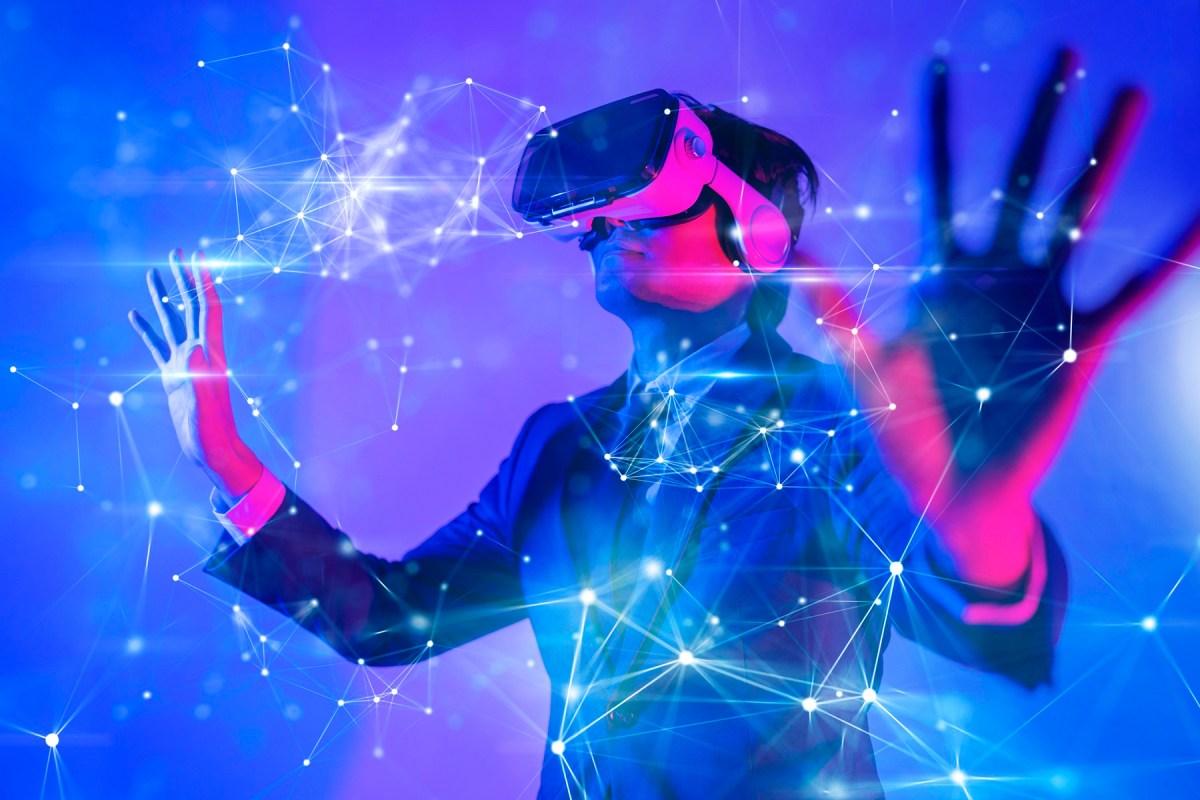A millennial sorts through racks of jeans in her favourite casual boutique. She selects one and stands in front of a digitised mirror where her phone or internet-connected glasses show exactly how she’ll look in them.
She then whips up her device and scans the store’s metaverse-based digital outlet, choosing decals and badges designed by her favourite artists to adorn her new purchase, all of them released as NFTs she hopes she might sell in a few months so the jeans will pay for themselves.
Welcome to the retail of tomorrow, a world big tech is scrambling to build today.
Our new report, Technology Vision 22, raised some startling statistics about the coming impact of the metaverse on the retail sector.
The disconnect
Economically, we’re through the worst of the pandemic, with only a tiny percentage of companies reporting that COVID is still disrupting their business. But the impact have been lasting, with 97 per cent having adapted to a new normal.
93 per cent of respondents surveyed in the report believe the metaverse will positively impact business, with 63 per cent calling it ‘transformational’. Persistent and seamless navigation between the digital and physical worlds isn’t just a goal; it’s an expectation.
But it will take a lot of expertise and investment behind the scenes to get the consumer experience right.
And here’s the biggest challenge. It is cultural rather than technological.
74 per cent of Australian consumers had either never heard of the metaverse or don’t know what it really means. Only 29 per cent said they’d find value in augmented reality. Worse still, we trail the global averages in both measures.
It gives retailers a difficult choice; build a channel consumers don’t know they want and hope they come, or wait until awareness reaches critical mass and be beaten to the punch by competitors?
It’s early days, and the answers are far from clear. What is clear is the rising trends that will give retailers a starting point to build from when the time is right.
2022 metaverse trends
Webme
Web3 is going to be as big a paradigm shift as Web 2.0 was. Virtual worlds will be built around and cater to the user/visitor/consumer the same way the bricks and mortar economy does outside, with virtual shopfronts, stadiums and town squares where people can meet, shop and be entertained.
Programmable world
Technologies like connectivity anywhere (5G and advanced wireless networks), smart materials, the manifestation of software anywhere at any time (ambient computing), VR and AR will put the metaverse in the hands of every retailer and their consumers, embedded into the physical world itself.
In fact, 72 per cent of respondents thought the ability to manifest digital information in the physical environment would provide a competitive advantage in their industry.
The Unreal
One of the biggest challenges facing business in any area is being authentic. And when so much of the customer experience is automated and augmented by data, it makes it exponentially harder to appeal to human beings.
Business is increasingly supported by machine learning that processes previously untold depths of data on customer histories and behaviour, and it represents an opportunity to further your relationship with customers (or potential customers). But if those interactions aren’t authentic, you could be doing more harm than good.
Computing the impossible
The technologies upon which digital realms compute won’t just be next generation; they’ll be a whole new species.
In the age of quantum computing, the adage ‘the network is the computer’ will never be more relevant. Endpoint access devices will be mere nodes, something like the dumb terminal interfaces of the mainframe era, with all the data stored, actioned, synthesised and delivered in clouds at speeds we’ve barely begun to imagine.
A new tomorrow
The biggest takeaway from the metaverse is that however prepared or eager Australian consumers are for mixed realities, they’re coming and retailers need to deliver on the shifting market expectations.
Very powerful companies with global marketing reach will be pushing them incredibly hard (and that doesn’t include the dozens of smaller operators building their own), and the time will come when your customers are expecting your presence in the metaverse. Will you be ready?
Matt Coates is cloud first lead for Australia and New Zealand at Accenture.

